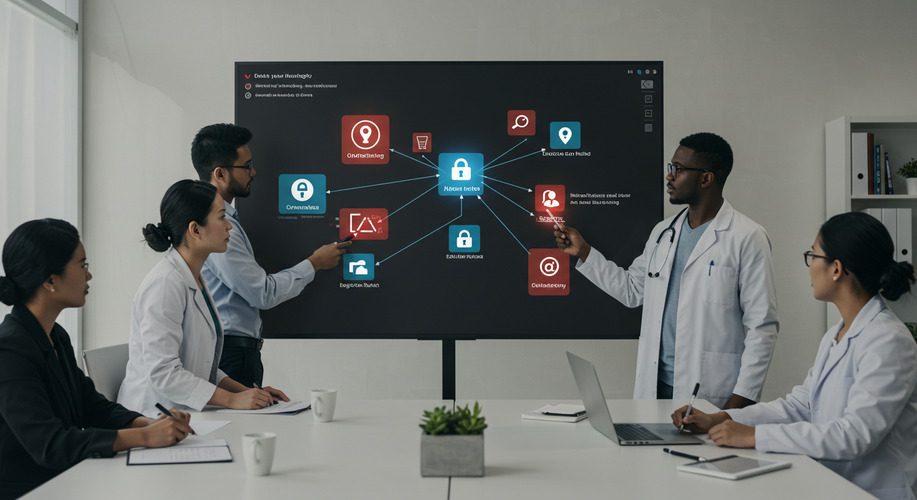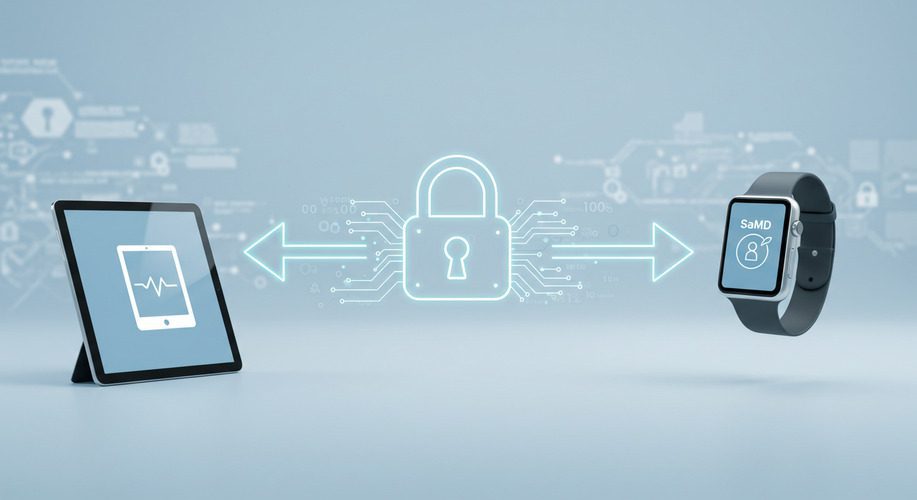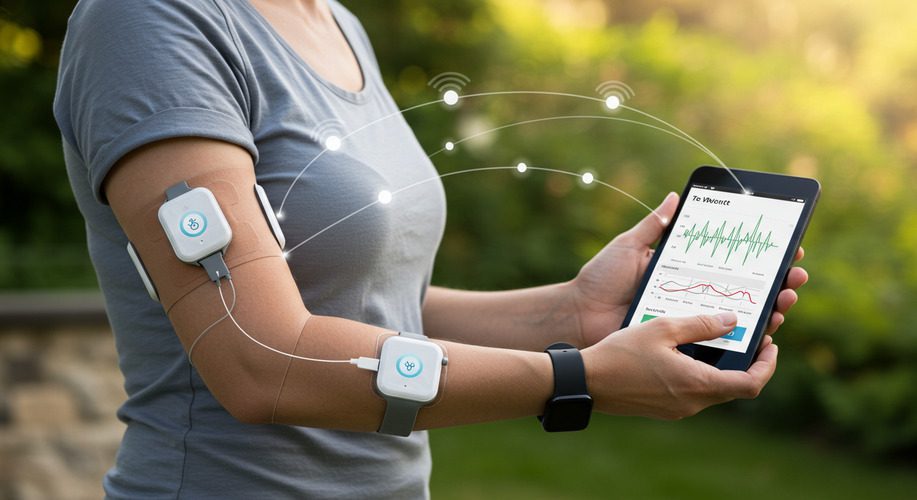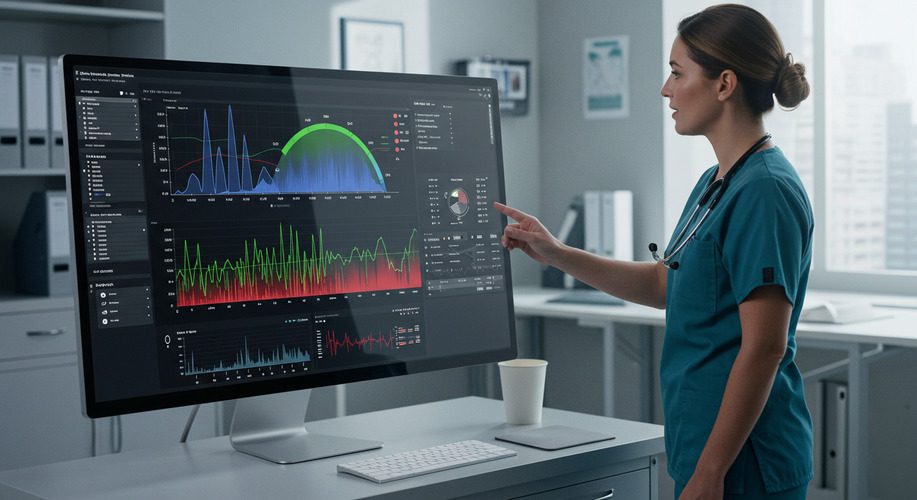As the adoption of Software as a Medical Device (SaMD) and telemedicine platforms grows, ensuring robust cybersecurity is more important than ever. The integration of these technologies introduces new vulnerabilities that could jeopardize patient safety and data privacy. This guide explores the specific cybersecurity challenges of SaMD-telemedicine integration and offers best practices to safeguard your systems.
1. Why Cybersecurity is Crucial in SaMD-Telemedicine Integration
1. Protecting Patient Data
- SaMD solutions integrated with telemedicine platforms often process sensitive health information, making them prime targets for cyberattacks.
- Ensuring data encryption and secure transmission channels is essential to comply with GDPR, HIPAA, and other regulations.
2. Ensuring System Availability
- Cyberattacks such as ransomware can disrupt healthcare services, potentially endangering patient lives.
- A robust cybersecurity framework minimizes downtime and safeguards critical operations.
Related: Cybersecurity Best Practices for SaMD Development
2. Common Cybersecurity Risks in SaMD-Telemedicine Integration
1. Data Breaches
- Unauthorized access to patient records can result in regulatory penalties and loss of user trust.
2. Ransomware Attacks
- Malware can lock healthcare providers out of critical systems until a ransom is paid, delaying care delivery.
3. Device Vulnerabilities
- Connected IoT devices used in telemedicine can become entry points for attackers if not properly secured.
4. API Exploits
- Weakly secured APIs can expose communication channels between SaMD and telemedicine platforms to cyber threats.
Related: Integrating SaMD with Telemedicine Platforms
3. Best Practices for SaMD-Telemedicine Cybersecurity
1. Encrypt All Data
- Use end-to-end encryption to secure patient data during transmission and storage.
- Ensure encryption keys are managed securely to prevent unauthorized access.
2. Implement Multi-Factor Authentication (MFA)
- Require users to verify their identity through multiple factors (e.g., password, biometric authentication) to access systems.
3. Secure APIs
- Regularly test and update APIs to close vulnerabilities.
- Use authentication tokens and encryption protocols for secure communication.
4. Conduct Regular Vulnerability Assessments
- Perform penetration testing and vulnerability scans to identify and address potential threats.
5. Establish Incident Response Plans
- Prepare for cyber incidents by defining clear protocols for detection, containment, and recovery.
- Train teams to respond effectively to minimize impact.
Related: Building Interoperability in SaMD: Tools and Best Practices
4. Regulatory Considerations
1. HIPAA Compliance
- Ensure that your SaMD-telemedicine solution adheres to HIPAA’s standards for data protection and privacy.
2. GDPR Compliance
- For European markets, implement data minimization and user consent protocols in line with GDPR.
3. MDR and FDA Guidance
- Stay updated on cybersecurity requirements outlined in MDR and FDA SaMD guidance.
Pro Tip: Regularly audit your cybersecurity measures to ensure ongoing compliance with evolving regulations.
5. Future Trends in SaMD-Telemedicine Cybersecurity
1. AI-Driven Threat Detection
- Advanced AI algorithms will enable real-time detection and response to cyber threats.
2. Blockchain for Data Integrity
- Blockchain technology can create tamper-proof records of patient data, enhancing trust and security.
3. Zero Trust Architecture
- Adopting a zero-trust approach ensures that all access requests are verified, even within the network.
Conclusion
Cybersecurity is a critical component of integrating SaMD with telemedicine platforms. By addressing vulnerabilities, adhering to regulatory requirements, and adopting best practices, you can protect patient data and ensure system reliability. Prioritize robust cybersecurity measures to build trust and drive the success of your SaMD-telemedicine solutions.
For further insights, explore related articles:
Take proactive steps today to secure your SaMD-telemedicine integration and deliver reliable, secure healthcare solutions.





